15 Things You Need to Survive a Catastrophic Drought – Simple Family Preparedness
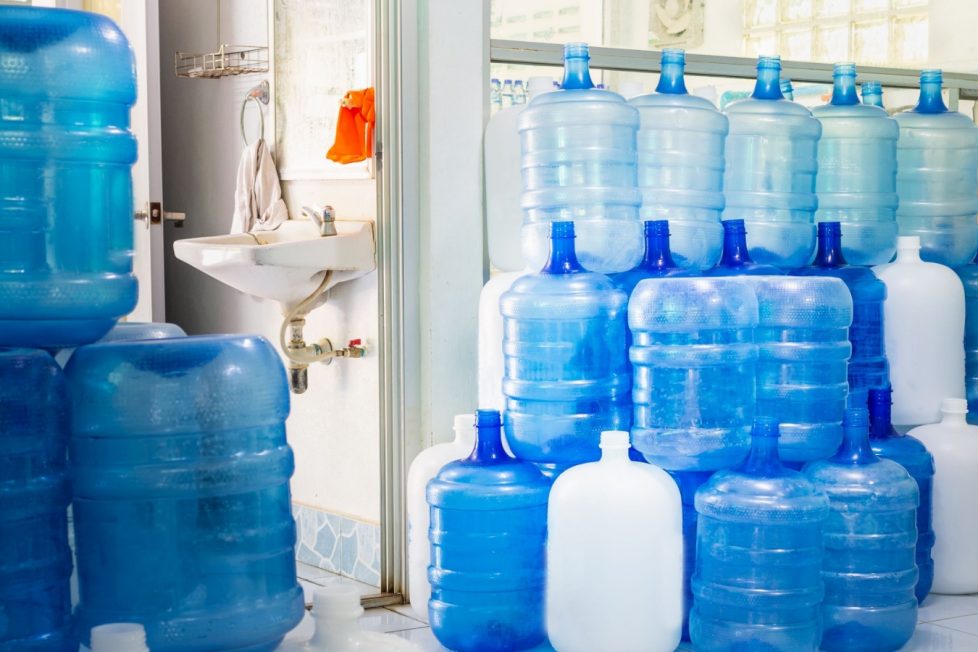

Surviving a catastrophic drought requires preparation and the right resources. These essential items and strategies will help you to be prepared to get through the toughest dry spells.
In a drought, water is your most precious resource. Store water in large, durable containers to ensure you have a supply that can last weeks or even months. It’s recommended to have at least one gallon of water per person per day. Check your containers regularly for leaks and ensure they are stored in a cool, dark place to prevent contamination.
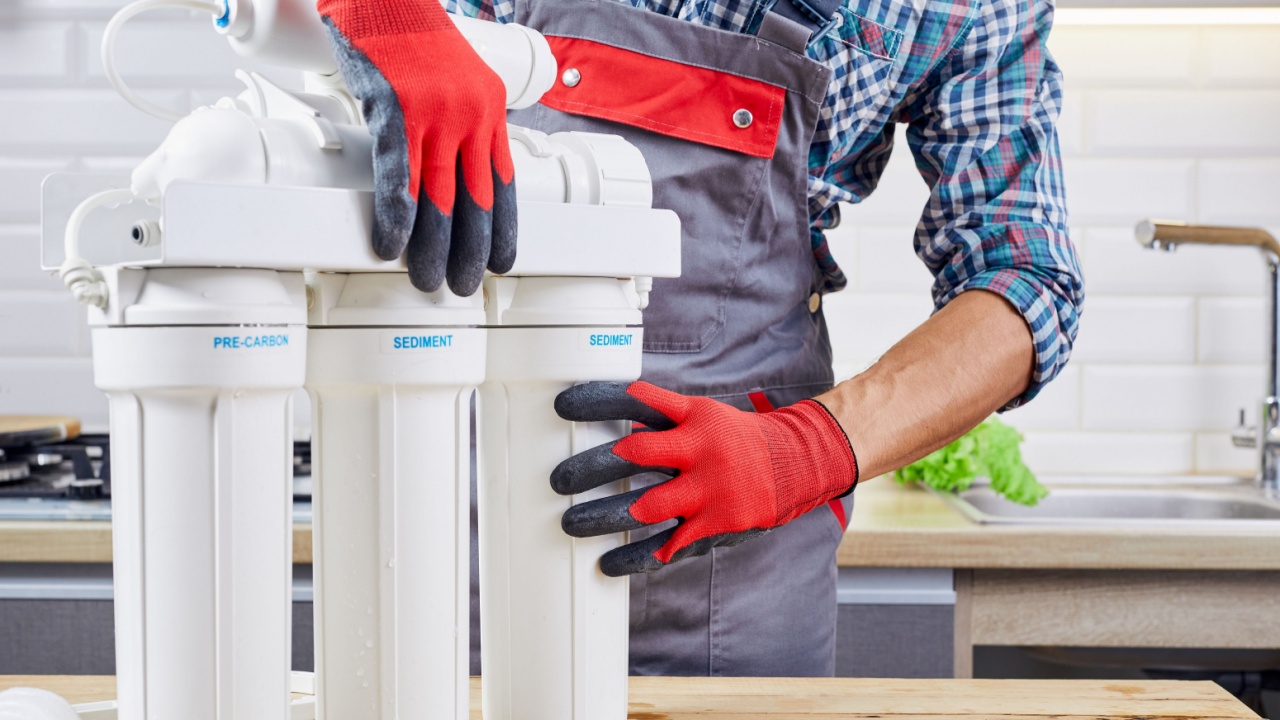
When water is scarce, you may need to rely on sources that aren’t clean. A good water filtration system can remove bacteria, viruses, and other contaminants, making even the dirtiest water safe to drink. Look for portable filters that are easy to use and maintain. Keep extra filter cartridges on hand to ensure your system remains effective over time.
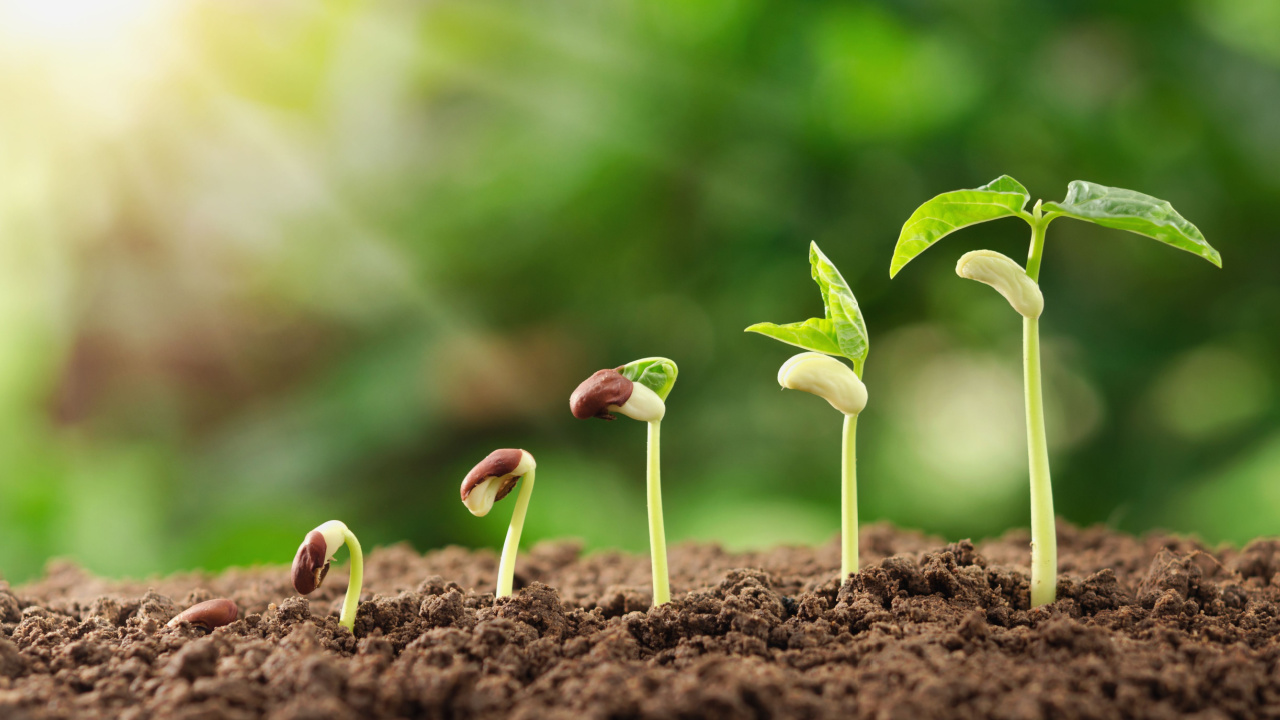
Growing your own food becomes crucial during a drought. Drought-resistant seeds can thrive with minimal water. Plants like beans, squash, and certain types of corn are hardy and can provide you with essential nutrition. Start a small garden and practice efficient watering techniques like drip irrigation to conserve water.
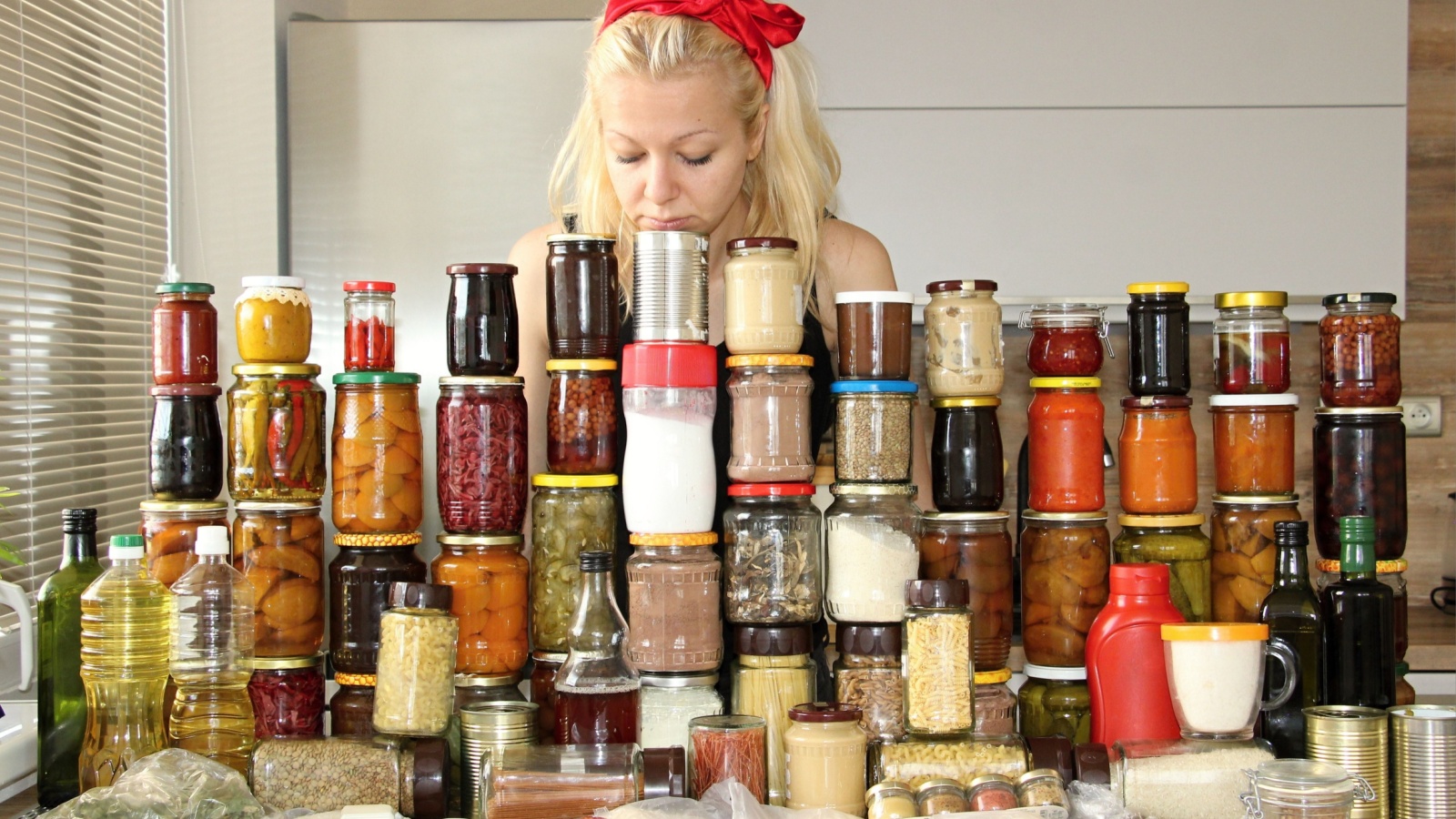
Stock up on non-perishable foods such as canned goods, dried fruits, nuts, and grains. These foods have long shelf lives and don’t require water for preparation. An emergency food supply ensures you won’t go hungry if crops fail or stores run out. Rotate your food supply every six months to keep it fresh and check expiration dates regularly.
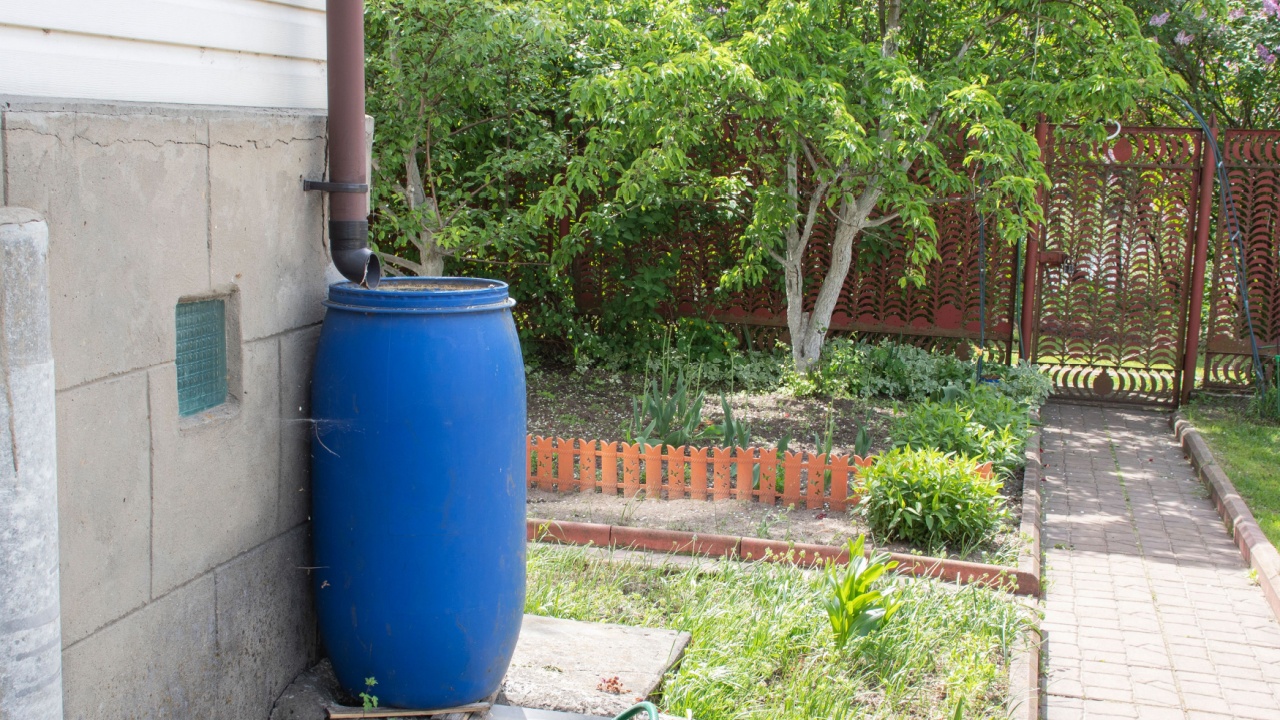
Collecting rainwater is an effective way to supplement your water supply. Set up barrels and tanks to capture rain from your roof. Even in drought conditions, occasional rainfall can provide much-needed water for drinking and irrigation. Make sure your collection system is covered to prevent contamination and mosquito breeding.
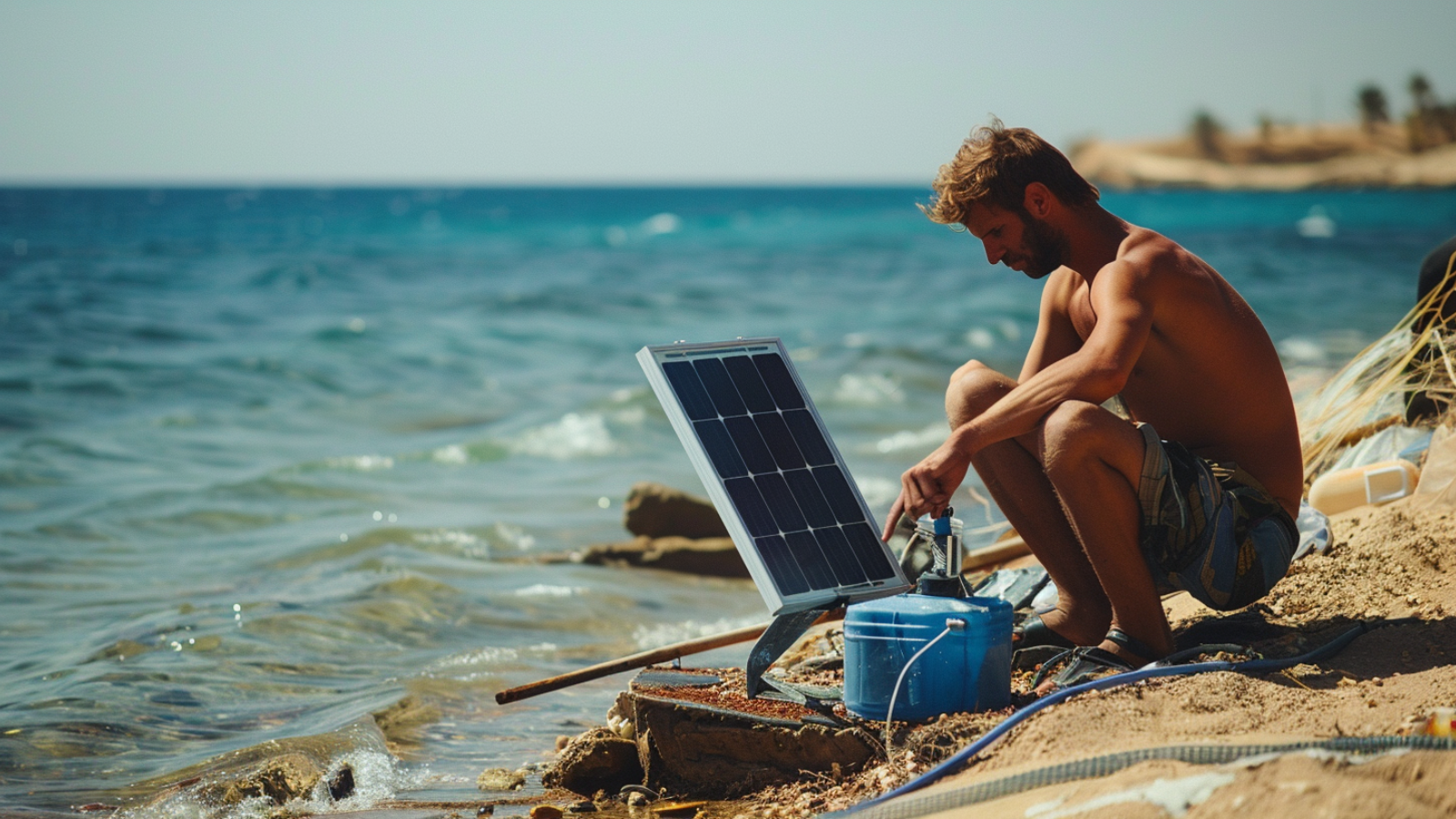
If you live near the ocean, a solar-powered desalination kit can turn seawater into fresh water. These kits use solar energy to evaporate and then condense water, removing the salt. It’s a sustainable way to create drinkable water from an abundant source. Regularly clean and maintain the kit to ensure it operates efficiently.
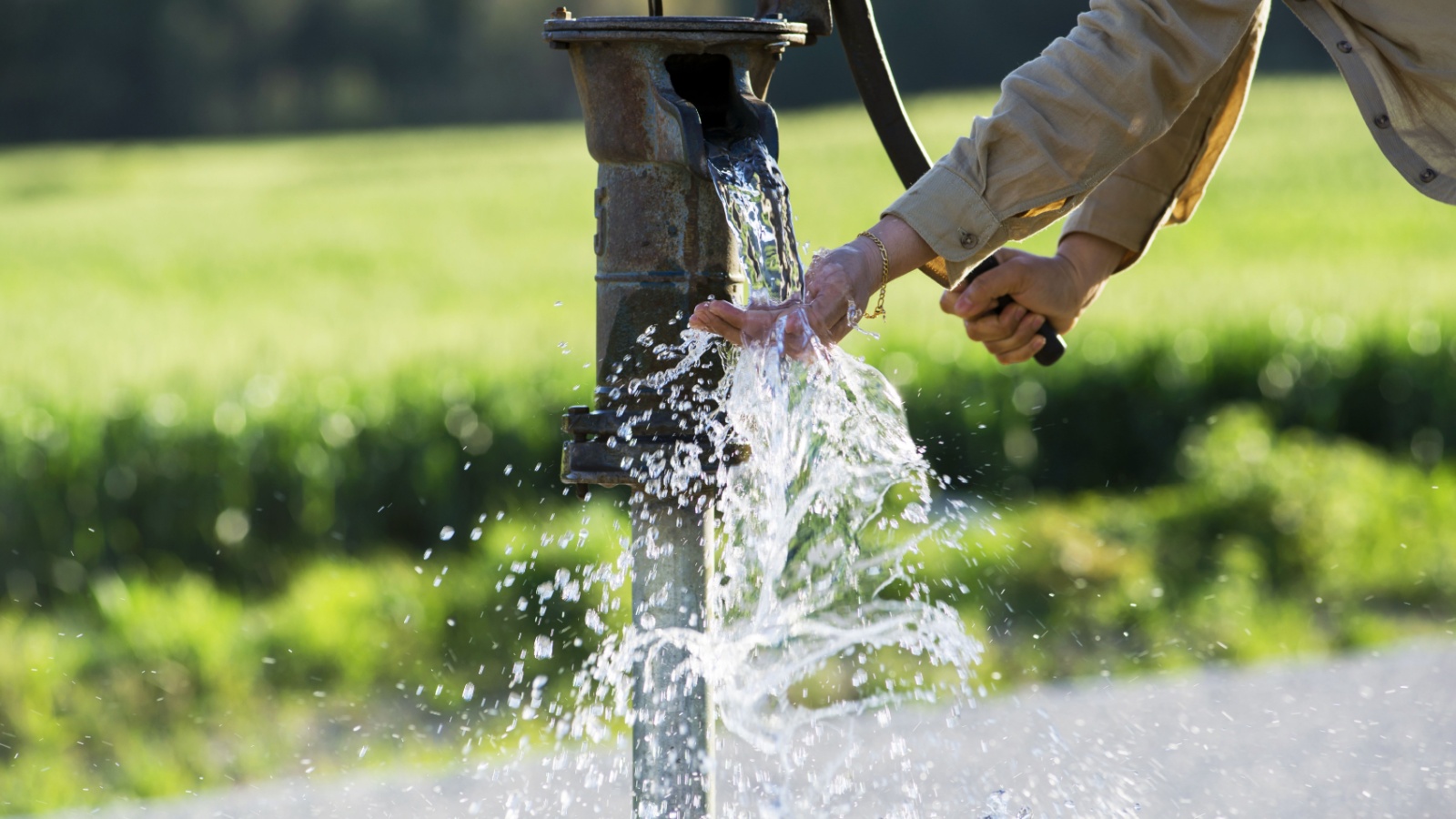
A hand-crank water pump can help you access water from deep wells without electricity. These pumps are simple to use and can be a lifeline when conventional power sources fail or if you are in a remote location. Keep the pump parts well-oiled and inspect it regularly to prevent mechanical failures.
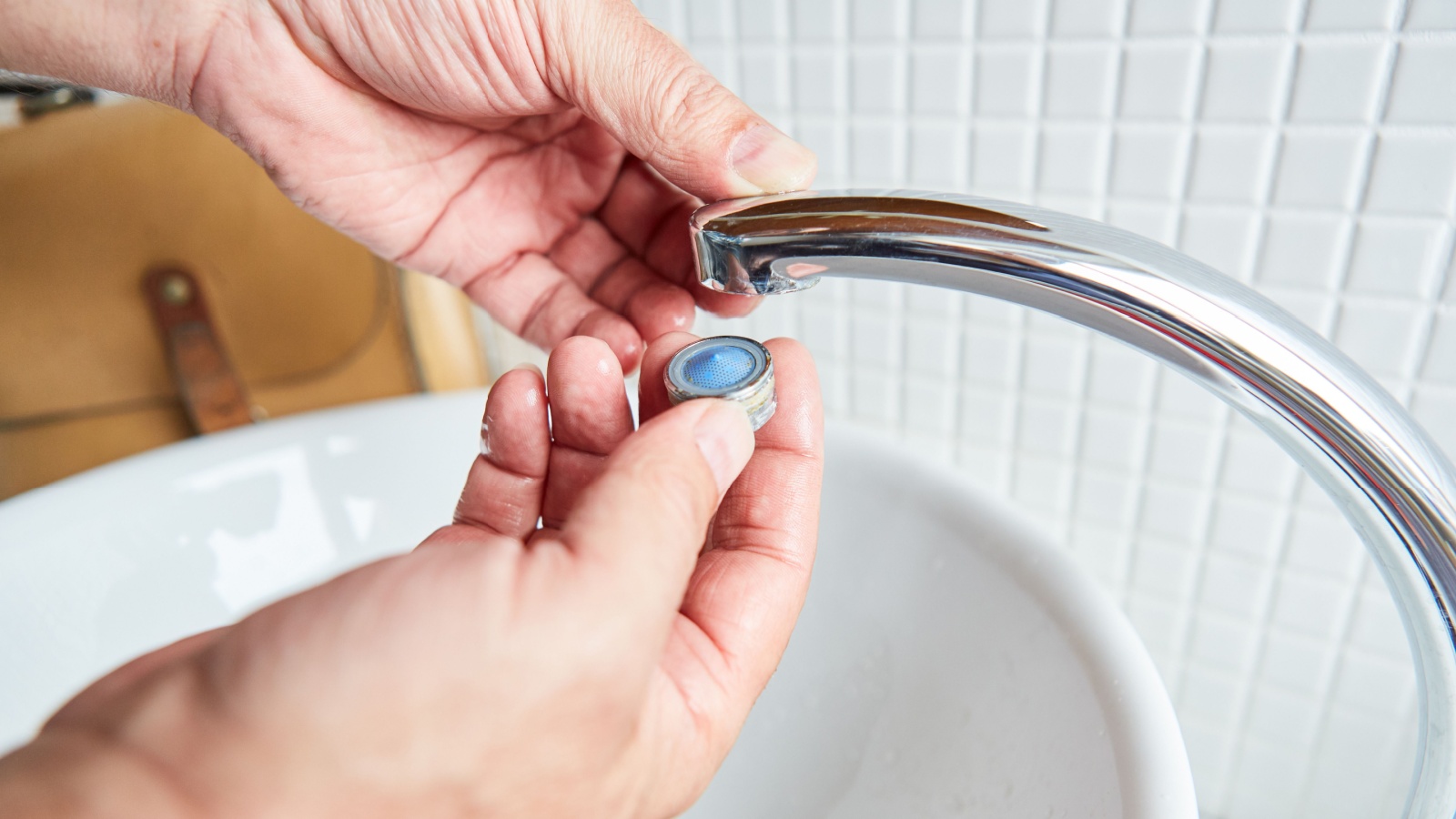
Tools like low-flow showerheads, faucet aerators, and toilet tank bags help reduce water usage in your home. By conserving water, you can make your stored supplies last longer and reduce overall consumption. Educate your household on the importance of water conservation and monitor your water usage regularly.
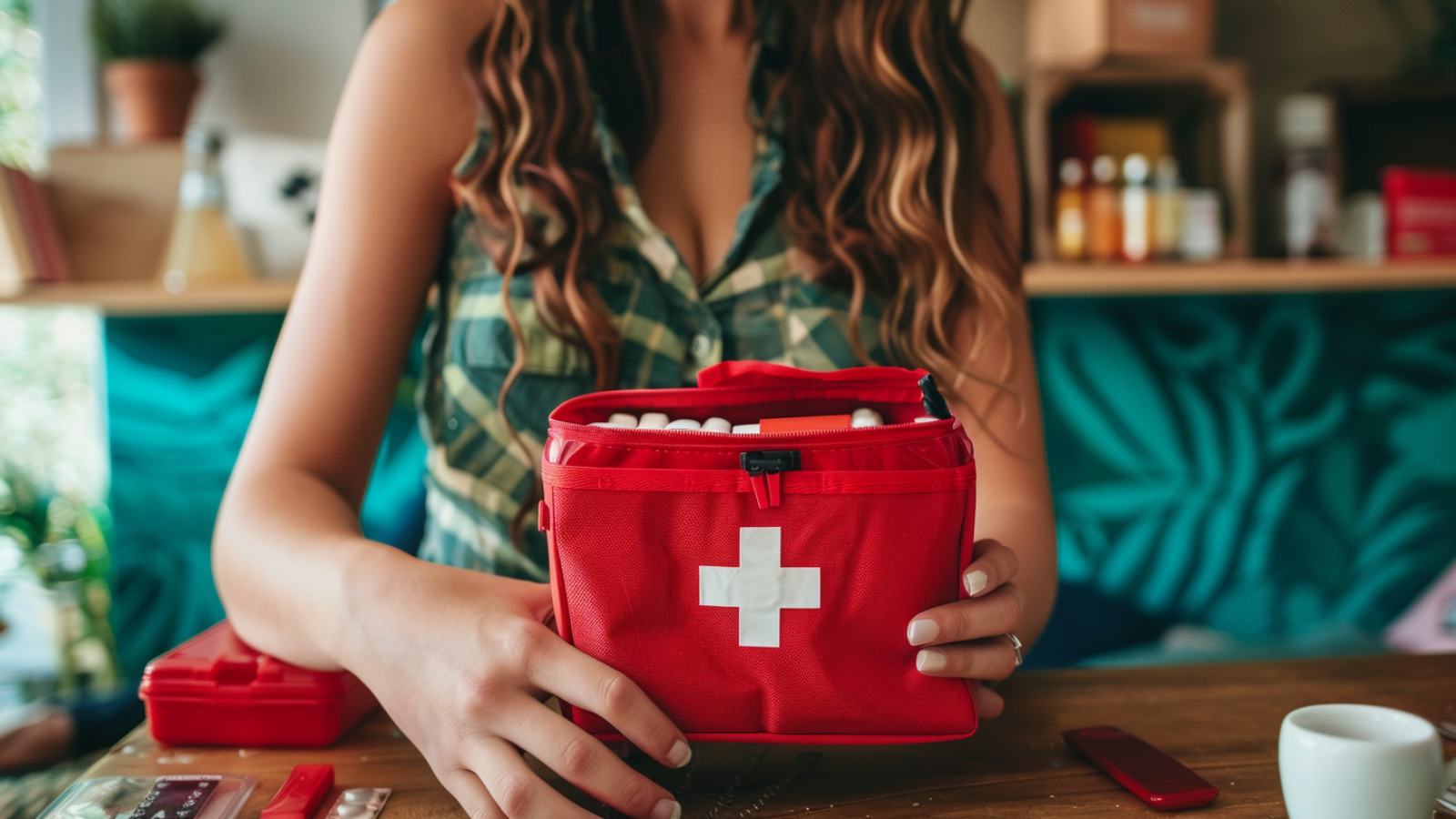
In any survival situation, injuries and illnesses can occur. A well-stocked first aid kit with bandages, antiseptics, pain relievers, and medical supplies is essential. It helps you treat minor injuries and manage health conditions without needing immediate professional care. Include a basic first aid manual to guide you in case of emergencies.
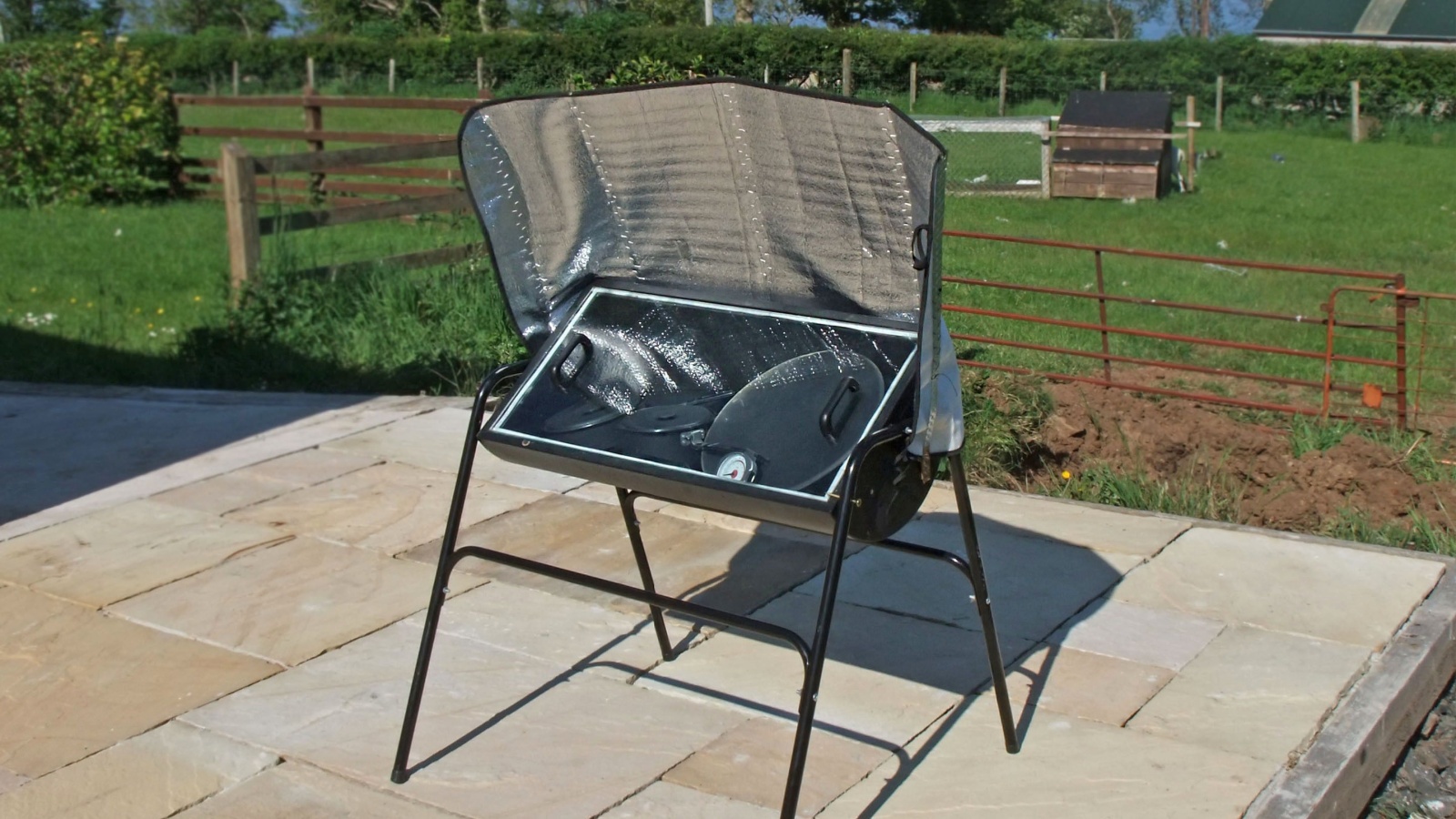
Cooking without using water or fuel is crucial during a drought. A solar oven uses the sun’s energy to cook food, boil water, and even bake. It’s a sustainable cooking solution that doesn’t rely on scarce resources. Experiment with recipes and practice using the oven to become comfortable with its operation.
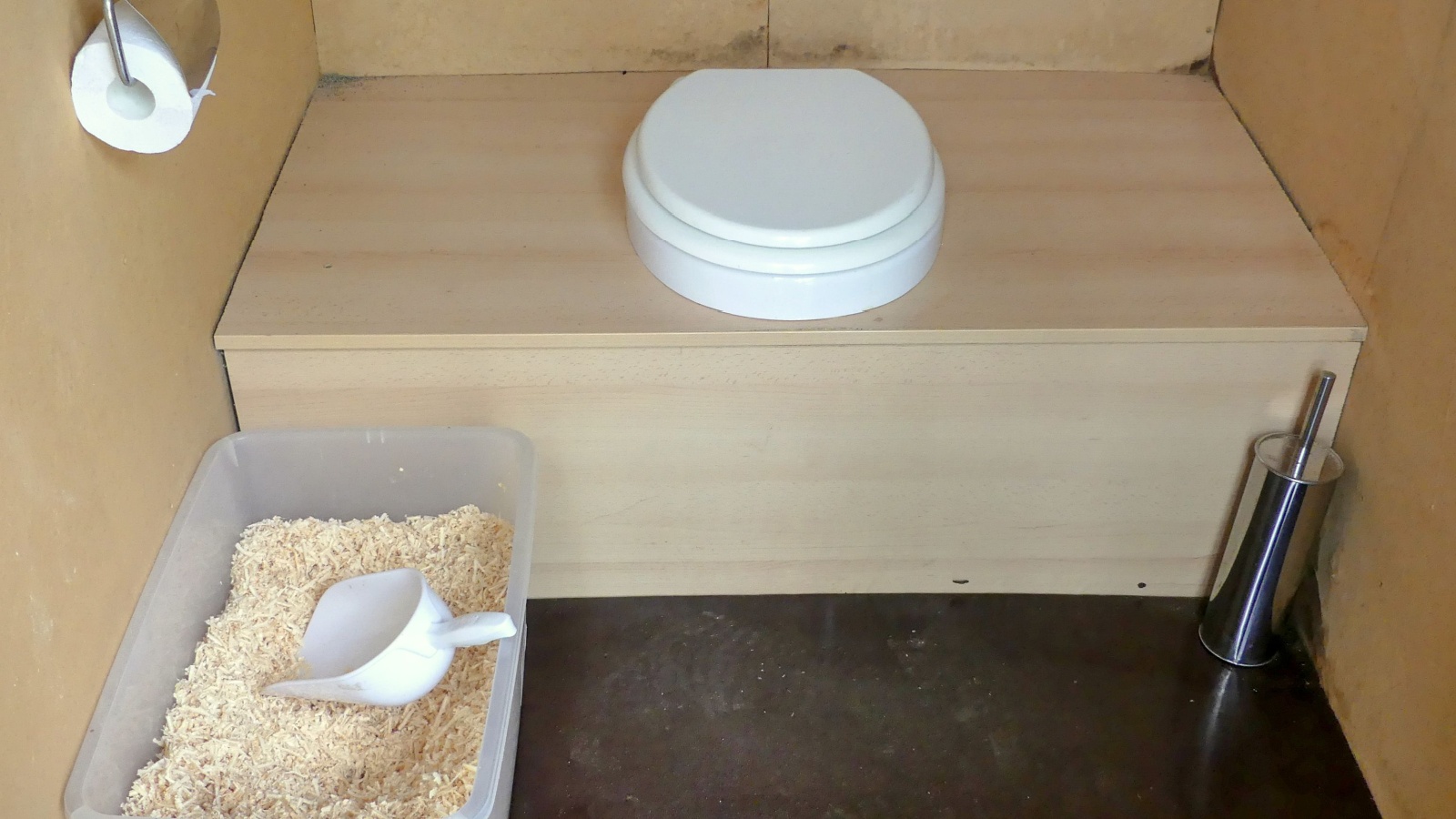
A composting toilet uses little to no water and converts human waste into compost. It’s an environmentally friendly option that reduces water use and provides valuable compost for gardening. Regularly maintain the toilet to prevent odors and ensure it functions properly.

Lightweight, long-sleeved clothing protects your skin from the sun and helps keep you cool. Wide-brimmed hats, sunglasses, and high-SPF sunscreen are also essential to protect against the harsh effects of the sun. Choose clothing made from breathable, moisture-wicking materials for added comfort.
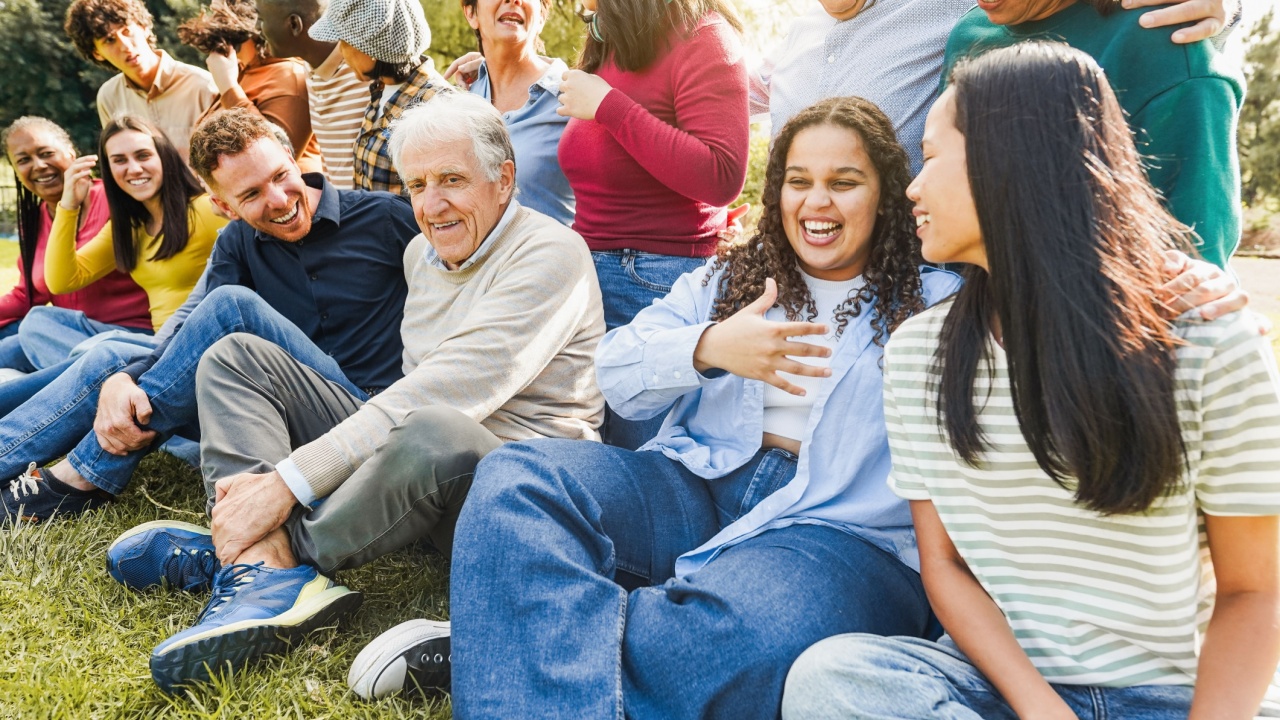
Building a network with your neighbors and community can provide mutual support. Sharing resources, information, and assistance can make a huge difference in surviving a drought. Strong community ties can offer emotional and practical help. Participate in community meetings and stay connected through social media or local groups.
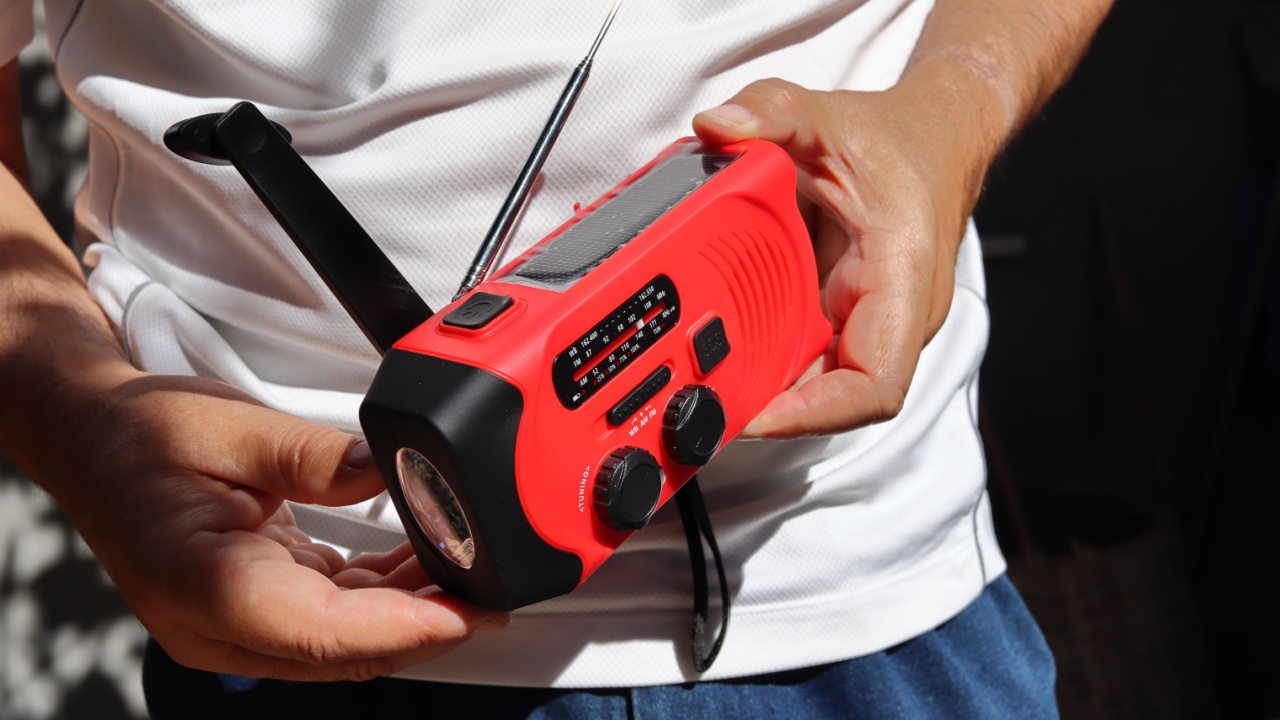
Stay informed and in touch during a drought with devices like battery-powered radios, solar chargers for phones, and walkie-talkies. Reliable communication ensures you receive important updates and can call for help if needed. Keep spare batteries and ensure all devices are in working order before an emergency strikes.

Equip yourself with knowledge about drought survival. Learn how to purify water, grow food with minimal resources, and manage health and hygiene. Skills like first aid, basic repairs, and sustainable living practices are invaluable in a crisis. Take online courses or attend workshops to expand your skill set and stay prepared.
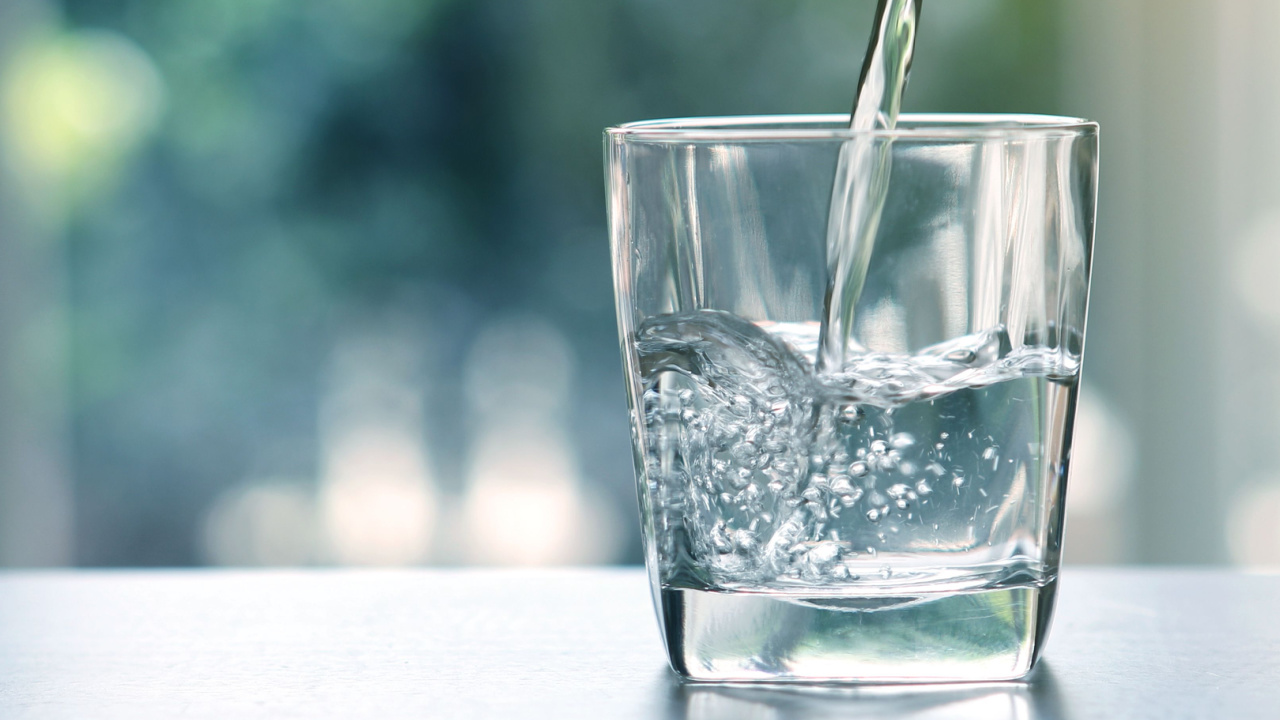
In the face of uncertainty, being well-prepared gives you at least some degree of control and security. The thought of a societal collapse, while extreme, prompts us to consider how we might endure without the conveniences of our current lifestyle. Here’s a list of 20 essential items that could prove indispensable in such a scenario. This guide isn’t about succumbing to fear but embracing preparedness and resilience.
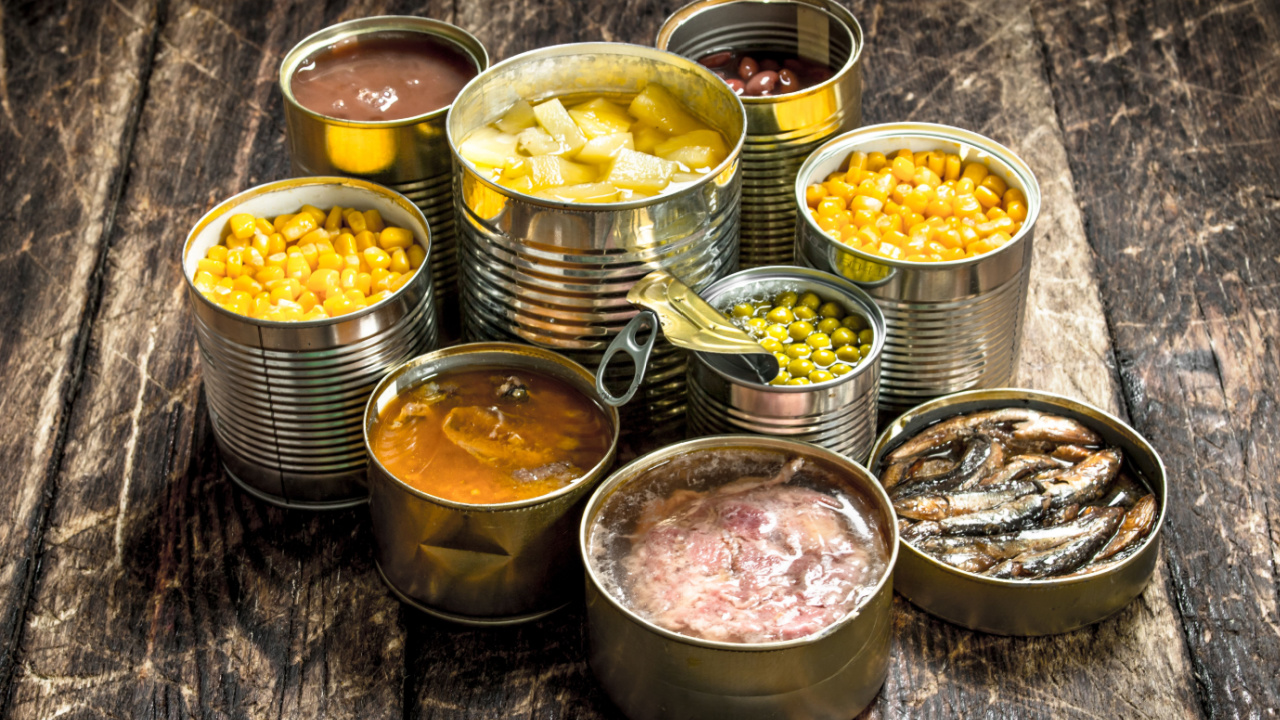
I firmly believe in keeping a well-stocked emergency pantry. While fresh food is ideal, in a survival situation, we may not be that lucky. So, for my family, even though we grow a lot of our own food, canned goods play a crucial role in emergency preparedness. They offer a reliable source of nutrition when access to fresh produce may be limited. The goods you stockpile should be affordable, easy to store, and full of nutrition.
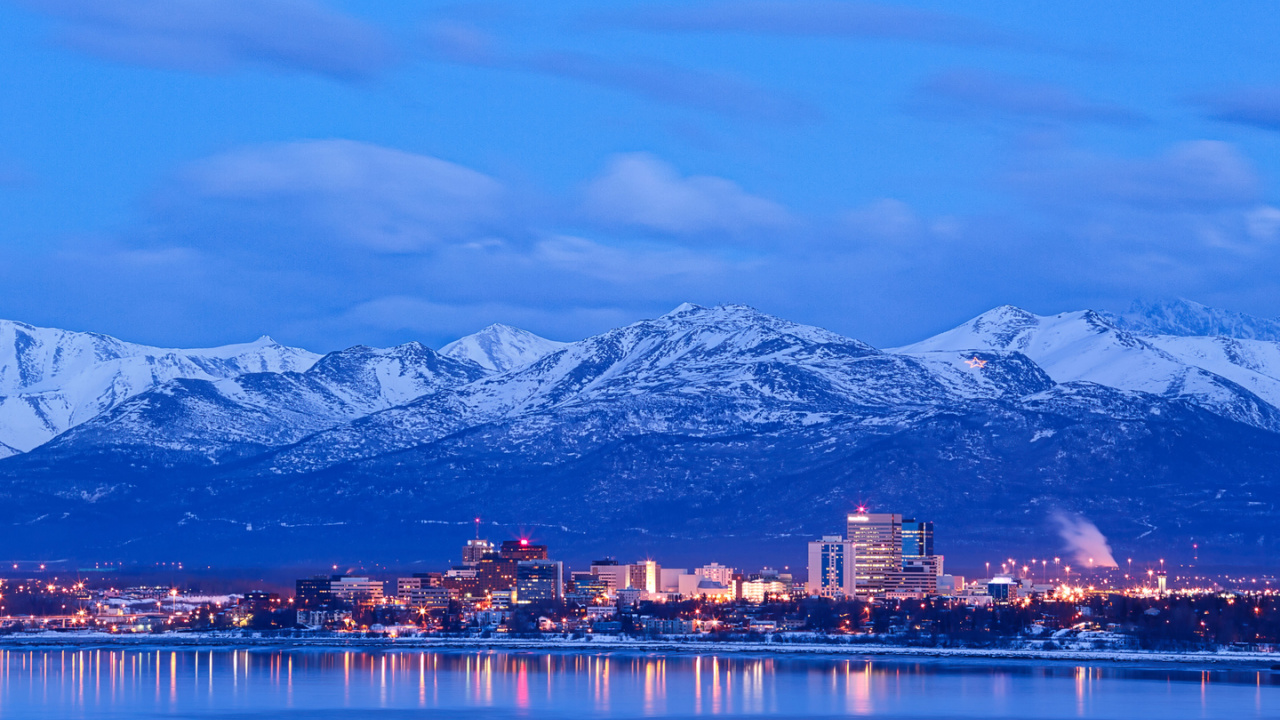
Choosing a refuge in the event of societal collapse involves weighing the pros and cons of each location against your personal preparedness goals and abilities. Whether you’re drawn to the solitude of the desert or the protective heights of the mountains, the key is finding a place that offers safety and the opportunity for growth and renewal.
